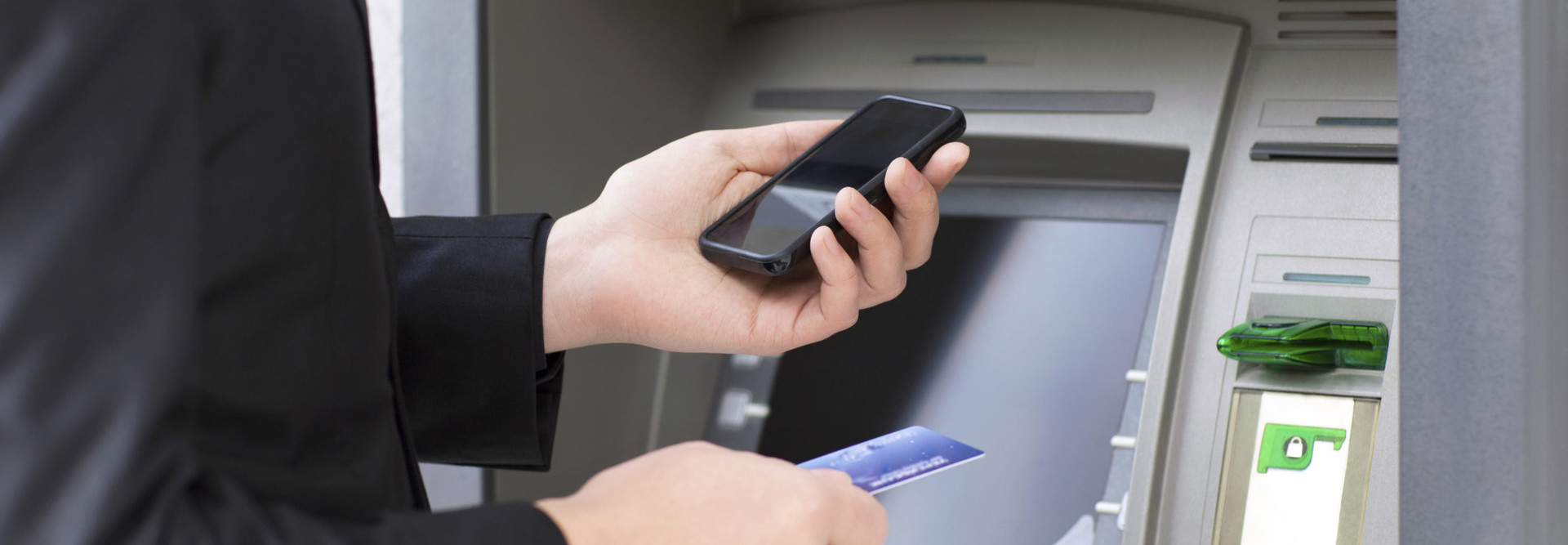Pre-Staging Tech Improves the Speed and Security of Bank Transactions
Banks are testing new technology that could not only reduce consumers’ risk of credit card fraud but also shorten waiting times.
“Pre-staging,” as it’s called, eliminates the need to swipe a credit card at the ATM or hand over an ID during a live teller transaction. Deon Roberts describes the pre-staging experience in an article in The Charlotte Observer:
You would use your smartphone to start a transaction, such as a withdrawal, before going to branch or ATM. For example, you might log onto a mobile banking app from home, begin the withdrawal process there and later complete the transaction at a branch or ATM.
The process you use to finish your transaction might vary from bank to bank.
In one version, your smartphone might generate a code you would give to a teller, who would use it to complete your transaction. In another version, a barcode appears on your phone’s screen, which you would scan at an ATM to take out cash.
The process is reminiscent of smartphone-based two-factor authentication, which won’t verify a customer unless the individual has access to a linked mobile device, as well as a username and password.
While Wells Fargo and other banks are still gathering customer and employee feedback before launching large-scale pre-staging efforts, vanguards such as Illinois-based BMO Harris Bank and Wintrust Financial Corp. have put the technology to work.
And according to an article from American Banker, Wintrust has already introduced dozens of ATMs with pre-staging capabilities, and the technology has cut the length of ATM transactions from more than 45 seconds to as few as seven seconds.
If the time-saving benefit isn’t enough to get customers on board with this innovation, the reduced threat of credit card fraud may do the trick. Because customers don’t swipe their cards during pre-staged cash withdrawals, criminals aren’t able to use ATM skimming devices to steal account information.
An article on CreditCards.com explains that pre-staged ATM transactions are also tokenized, so “the data switching between the phone and ATM can be used only once, rendering it useless to cyber-thieves.”
Those security features should be particularly enticing, given the current fraud environment. FICO data from January to April of 2015 indicates that successful card-skimming attempts at bank-operated ATMs rose nearly 174 percent compared with the same period last year; successful attempts at non-bank ATMs jumped almost 317 percent.
Although financial institutions’ shift toward the EMV (EuroPay, MasterCard, VISA) system will likely help lower the number of card-skimming incidents, stakeholders expect pre-staging to do its part. But first, banks and consumers must decide whether the added convenience and security of pre-staging make it worth widespread adoption.









